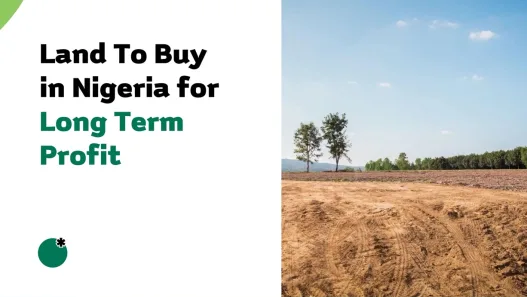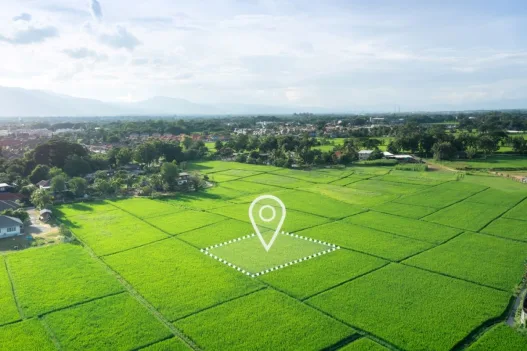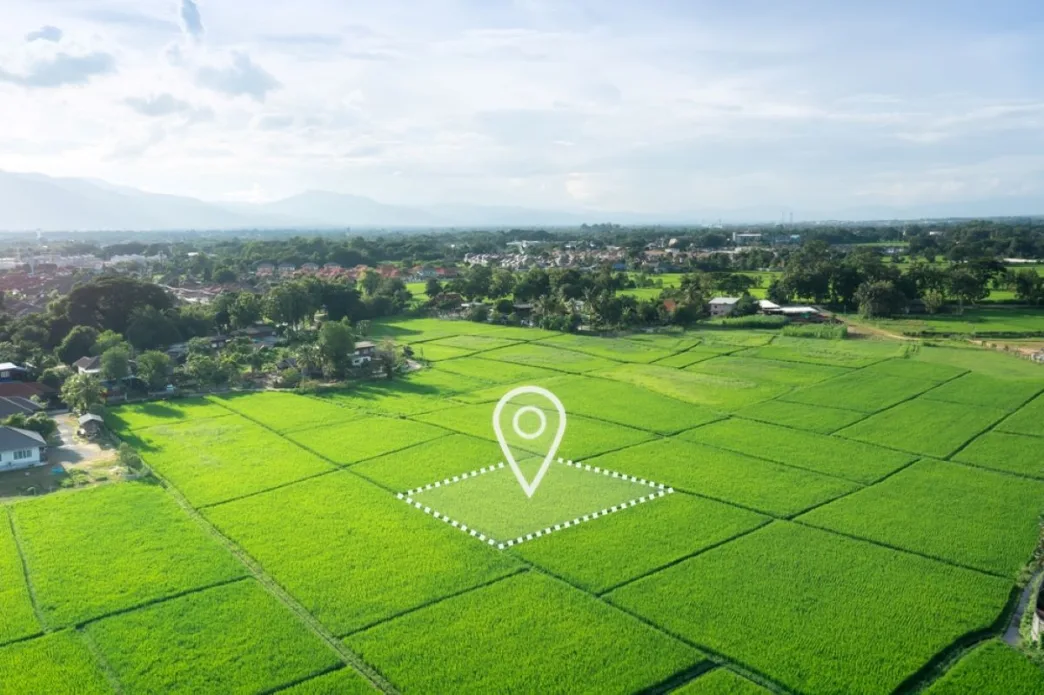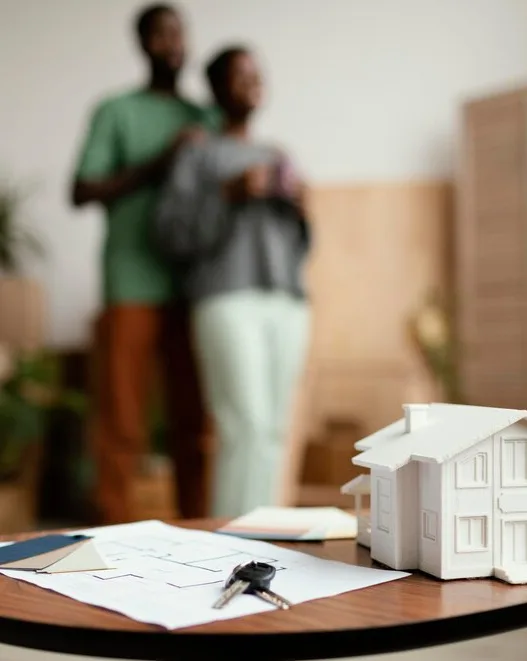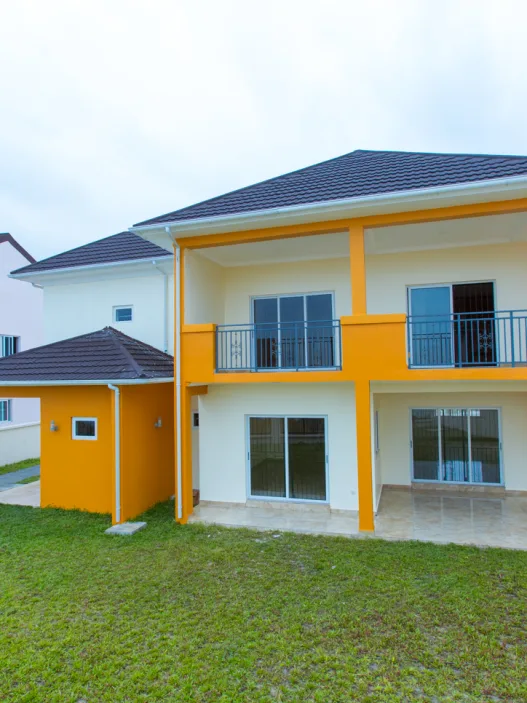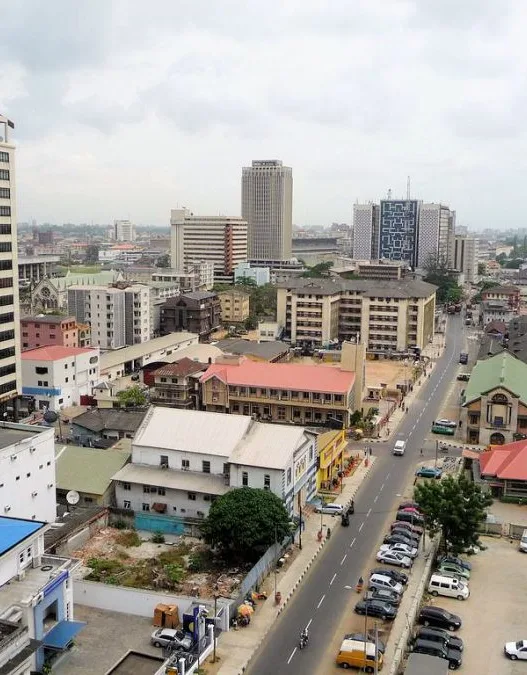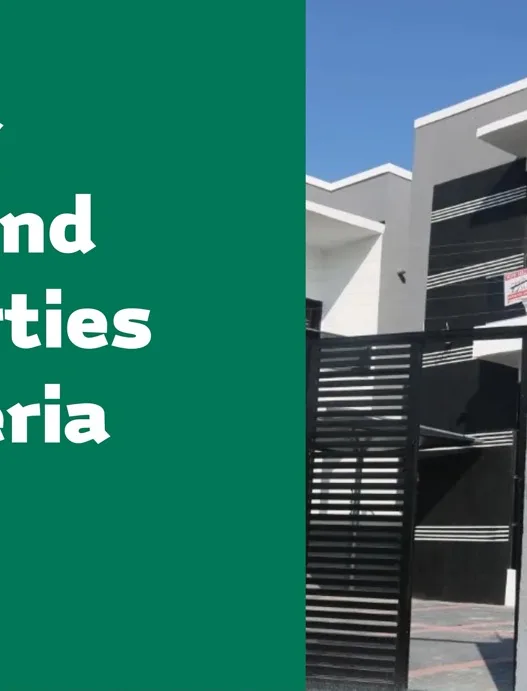Nigeria’s real estate is a treasure trove of opportunity, but navigating its diverse landscape requires cracking the code of land sizes.
As a seasoned real estate investor, I can tell you that from square meters and hectares to acres and plots, these units can significantly influence investment decisions and property management.
Why? Because size isn’t just about space, it’s about potential. That perfectly sized plot in Port Harcourt, Abuja or Lagos could be your future development goldmine, a rental haven, or a resale dream.
So, let’s dive in on the different land sizes and measurements in Nigeria.
Common Nigerian Land Standards & Measurement Units
In my journey through real estate in Nigeria, I’ve encountered various traditional standards and measurement units that are important in understanding the landscape of property and land acquisition.
Let’s break these down into simpler terms.
Acre
An acre is a unit of measurement commonly used worldwide and also prevalent in Nigeria.
It equates to about 4,046 square meters. In more relatable terms, imagine a football field – an acre is roughly 60% of that size.
It’s a standard measure for large-scale land transactions, especially in agricultural and rural settings, but also in urban real estate development.
A single acre is equivalent to the area of six plots, where each plot has dimensions of 60 feet by 120 feet.
Hectare
Next is the hectare, larger than an acre, covering 10,000 square meters or 2.47 acres. This unit is widely used in land measurement for larger plots, particularly in agriculture, industry, and sometimes for large residential developments.
In a practical sense, a hectare offers a substantial area for various types of land use, from farming to building housing estates.
Kwota
Moving to regional measurements, in the Northern parts of Nigeria, ‘Kwota’ is a term often used. It refers to a quarter of a hectare.
This unit is prevalent in local land transactions and rural property measurements.
Understanding this measurement is important for investors and property owners dealing in the northern regions, as it helps in evaluating land size and planning usage accordingly.
Plot
In Nigeria, the term ‘plot’ is frequently used. A standard plot size can vary, but it is generally around 400 to 800 square meters.
In cities like Port Harcourt, Abuja or Lagos, a plot is a significant unit for residential and commercial land transactions, dictating the scope of development and investment in these areas. An example is the Win Realty’s Goldgate Residentials Estate in Eneka, Port Harcourt.
Daah
In the North-Western part of Nigeria, ‘Daah’ is a traditional land measurement unit. It’s used to describe land size in a way that’s specific to local practices and norms.
The size represented by a Daah can vary significantly, making it essential to have local knowledge or advice when dealing with land transactions in these regions.
Common Land Sizes for Different Property Types in Nigeria (in sqm)
Navigating through the Nigerian real estate market, I’ve come to understand that the size of land varies greatly depending on its intended use.
Let’s explore the common land sizes for different types of properties, focusing on the square meter (sqm) as our unit of measurement.
A. Residential Plots
In residential real estate, plot sizes can vary widely depending on the location and type of property.
Typically, in urban areas like Port Harcourt, Lagos or Abuja, a standard residential plot ranges from 400 sqm to 800 sqm. This size is sufficient for a variety of homes, from bungalows to detached houses.
- For instance, a bungalow, which is a single-story house, might comfortably fit on a 500 sqm plot, leaving ample space for a garden or a small backyard.
- Detached houses, which are standalone buildings, often require more space, so they might be built on plots at the higher end of this range, around 600 to 800 sqm, providing more room for additional structures or landscaping.
B. Commercial Plots
Commercial property plots, used for shops, offices, or business complexes, often demand more space due to parking, accessibility, and the nature of commercial activities.
In busy commercial zones, plot sizes might start from 500 sqm and can go up to several thousand square meters, depending on the business’s scale and infrastructure needs.
- A small shop or office might be managed with a 500 sqm plot, but a larger commercial complex, like a shopping center or an office park, could require 1,000 sqm or more to accommodate various facilities and ample parking.
C. Agricultural Land
For agricultural purposes, land size is usually discussed in hectares rather than square meters, given the extensive area needed for farming or ranching.
Agricultural land sizes can vary greatly, from a few hectares for small-scale farms to hundreds or even thousands of hectares for large agribusinesses.
- Small farms might operate on 1 to 5 hectares, providing enough space for diverse crops or livestock.
- Larger agricultural operations could span hundreds of hectares, especially for commercial crop production or extensive ranching operations.
Land Sizes and Their Impact on Land Purchase in Nigeria
In Nigeria, the size of the land you choose to purchase can have a significant impact on your real estate decisions and investment outcomes.
When buying land in Nigeria, the size of the plot often determines its price, usage, and potential for future development.
A larger piece of land typically costs more than a smaller one, especially in urban areas where space is at a premium. However, the investment can be worth it because larger plots offer more flexibility for development, whether for residential, commercial, or agricultural purposes.
For residential properties, a larger plot means more space for building expansive homes, gardens, and recreational areas. It also offers the potential for future expansion or development.
On the other hand, a smaller plot might be more affordable and easier to maintain, but it may limit the size and type of property you can build.
In commercial real estate, the size of the land can directly impact the scale and type of business activities you can undertake.
Larger commercial plots are essential for businesses requiring substantial space, such as manufacturing facilities, large retail centers, or office complexes.
These plots provide ample space not only for buildings but also for parking, deliveries, and customer access.
Agriculturally, the size of the land is crucial for the type and scale of farming or livestock-rearing activities.
Larger agricultural lands allow for more extensive farming operations, crop diversification, and the potential for mechanization, all of which can lead to increased productivity and profitability.
Here are some tips to help you understand and evaluate land size data effectively:
- Confirm the Measurement Unit: Always check the unit of measurement in property listings. The square meter (sqm) is the most common and preferred unit because it provides a clear and precise understanding of the land size. If the listing is in acres, hectares, or another unit, consider converting it to square meters for a consistent basis of comparison.
- Seek Clarification: If the unit of measurement is unclear or seems unusual, don’t hesitate to ask the seller or the real estate agent for clarification. Ensuring that you fully understand the size of the property helps you make informed decisions and prevents misunderstandings or disappointments later on.
- Consider the Plot Shape: The shape of the plot, whether square, rectangular, or otherwise, can significantly impact its usability. For example, a square plot might be easier to develop and use efficiently, while a rectangular or irregularly shaped plot might pose challenges or limitations for construction and usage. Understanding the plot’s shape alongside its size gives you a better picture of its potential and how you can maximize its value.
Conclusion
Understanding land size in Nigeria is crucial for making informed real estate decisions.
The hectare, plot, and other units we discussed earlier all come into play within Lagos New Town.
Mixta Africa offers everything from individual plots for residential development to larger bulk land options ideal for established developers seeking to create entire estates or institutions.
Don’t hesitate to do thorough research or consult with a real estate professional to get the most accurate and relevant information for your situation.
Author’s Note: Hi, I’m Max – a seasoned finance professional based in Port Harcourt, Nigera. I balance a fulfilling career with successful real estate investments in Nigeria.
Join me as I share insights on navigating the world of real estate investments in Nigeria. Let’s find your dream home and unlock financial success together!
Get the best of Real Estate delivered straight to your inbox weekly.
Real Estate updates the way you want it.





